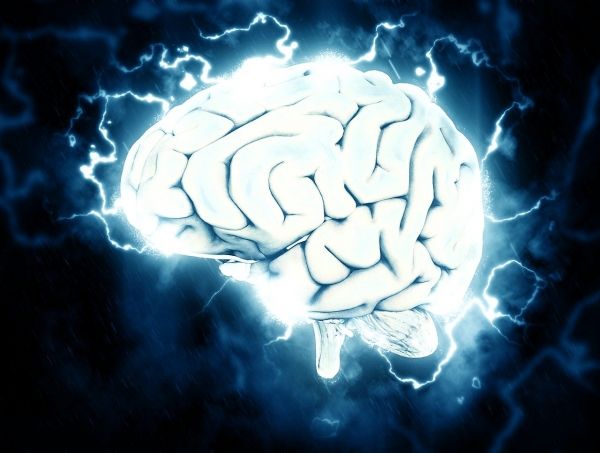Using a specialized magnetic resonance imaging (MRI) sensor, MIT neuroscientists have discovered how dopamine released deep within the brain influences both nearby and distant brain regions.
Dopamine plays many roles in the brain, most notably related to movement, motivation, and reinforcement of behavior. However, until now it has been difficult to study precisely how a flood of dopamine affects neural activity throughout the brain. Using their new technique, the MIT team found that dopamine appears to exert significant effects in two regions of the brain’s cortex, including the motor cortex.
“There has been a lot of work on the immediate cellular consequences of dopamine release, but here what we’re looking at are the consequences of what dopamine is doing on a more brain-wide level,” says Alan Jasanoff, an MIT professor of biological engineering, brain and cognitive sciences, and nuclear science and engineering. Jasanoff is also an associate member of MIT’s McGovern Institute for Brain Research and the senior author of the study.
The MIT team found that in addition to the motor cortex, the remote brain area most affected by dopamine is the insular cortex. This region is critical for many cognitive functions related to perception of the body’s internal states, including physical and emotional states.
Read more at Massachusetts Institute of Technology
Photo Credit: TheDigitalArtist via Pixabay


